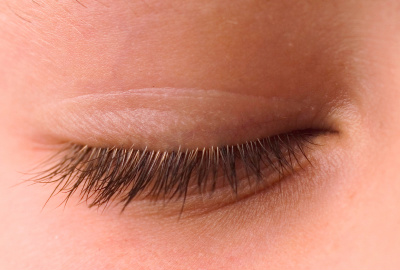Benefits of Blinking
Blinking is a natural eye refreshment and cleansing process.
Blinking seems to be simple yet so important for our eye health that it often goes unnoticed. While it may appear as an involuntary reflex, blinking plays a significant role in maintaining eye health and visual comfort.
With every blink, our eyelids perform the crucial task of distributing a fresh layer of tears across our eyes. This action prevents our eyes from becoming dry and helps to clear away small irritants like dust and dirt particles that could disrupt our vision.
On average, a person blinks about 15-20 times per minute.
Blinking nourishes your eyes with oxygen and nutrients, keeping your eyes healthy and comfortable and protecting the eyes from dryness and irritation.
LUBRICATION AND MOISTURE FUNCTION:
Lubrication: Blinking helps to spread tears evenly across the surface of the eye. Tears are essential for maintaining moisture and providing a smooth eye surface. This is crucial for clear vision.
Tear Film: The tear film consists of three layers:
Lipid Layer: The outermost layer, produced by the meibomian glands, prevents the evaporation of the tears.
Aqueous Layer: The middle, watery layer, produced by the lacrimal glands, contains nutrients and proteins that nourish the cornea.
Mucous Layer: The innermost layer, produced by goblet cells in the conjunctiva, helps the aqueous layer spread evenly over the eyes.
PROTECTION FUNCTION:
Removal of Debris: Blinking helps to clear away small particles such as dust and other debris that can irritate or damage the eye. This action helps keep the cornea clean and clear.
Reflex Blinking: This is an involuntary, rapid blink that occurs in response to sudden stimuli, such as bright light, loud noises, or objects approaching the face. It is a protective mechanism to shield the eyes from potential harm.
HYDRATION AND HEALTH FUNCTION:
Preventing Dryness: Regular blinking helps prevent dry eye syndrome, a condition where the eyes do not produce enough tears or the tears evaporate too quickly, leading to discomfort, blurred vision, and even damage to the eye surface.
Even Distribution of Tears: Blinking ensures that the tear film is evenly distributed across the cornea and conjunctiva. This is important for maintaining a healthy eye surface and providing the eye with essential nutrients and oxygen.
Promoting Healthy Blinking Habits:
To maintain optimal eye health and comfort, individuals can adopt the following strategies to promote healthy blinking habits:
- Take regular blink breaks during prolonged visual tasks or screen time.
- Practice the 20-20-20 rule to relax your eye muscles and encourage blinking.
- Maintain adequate hydration to support tear production and prevent ocular dryness.
- If you are prone to dry eyes, use artificial tears to supplement natural tear production and lessen discomfort.
- Position your computer screen at eye level and maintain an appropriate viewing distance to reduce visual strain and encourage blinking.
- Wear protective eye wear in hazardous environments to shield your eyes from dust, debris, and irritants, minimizing the risk of injury or irritation.
In Conclusion:
Blinking is far more than a reflexive action; it is a vital component of eye health and visual comfort. By understanding the significance of blinking and adopting healthy blinking habits, individuals can protect their eyes from dryness, discomfort, and visual disturbances. Prioritizing regular blinking and implementing strategies to support ocular hydration and comfort can contribute to long-term eye health and optimal visual function. Remember to blink consciously, blink frequently, and blink for healthy eyes.



